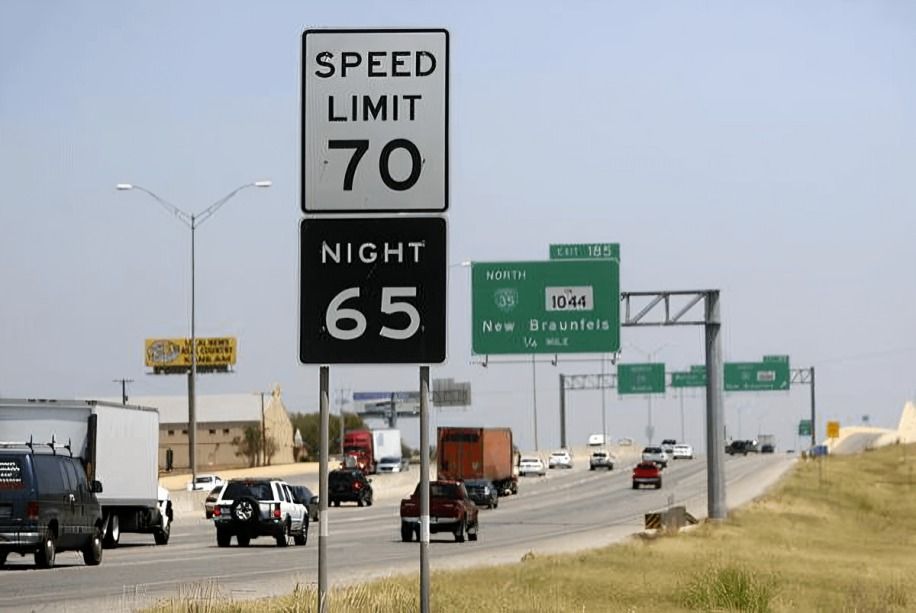
“
Speed Limit road Signs are crucial for regulating vehicle speed and ensuring road safety. They are designed to inform drivers of the maximum speed they should travel at, helping to prevent collisions and improve traffic management. By following these facts, drivers can enhance their safety and contribute to smoother, more efficient roadways. Lets learn about the Speed Limit Sign and its importance in regulating vehicle speeds!1
1
”
Speed limits have been in place since before motorized vehicles, often using terms like "gallop." The first numeric speed limit sign for road vehicles was introduced in the United Kingdom in 1861, mandating a maximum speed of 10 MPH. 1

The speed limit sign is a regulatory sign that indicates the maximum or minimum speed vehicles must adhere to. These signs are designed to communicate the legally enforced speed limits, and drivers must comply with the specified speed to ensure safe driving.
Speed limit signs are rectangular and oriented vertically. They are designed to clearly display the legal speed limits. This shape and orientation ensure that the signs are easily visible and readable to drivers.2
Speed limit signs are crucial for road safety, as they help regulate traffic flow and reduce the risk of accidents by setting appropriate speeds for different road conditions. Proper adherence to these limits also improves overall driving efficiency and road safety. 3
The speed limit sign plays a key role in ensuring efficiency. By informing drivers of speed limits, these signs promote smoother traffic flow and help prevent congestion. 4
Speed signs impact more than just safety; they also enhance environmental sustainability. By promoting steady driving speeds, these signs help reduce vehicle emissions. 5
In the U.S., speed limit signs are white rectangles with black text. In the U.K., they are white circles with red outlines and black numbers. Australian speed limit signs blend the two styles, featuring a rectangular shape with a red circle on a white background. 6
Digital speed limit signs adjust limits based on the time of day and traffic conditions. They can also help enforce speed limits in neighbour hoods and, when used with radar, assist law enforcement by identifying areas with frequent speeding.7
In Germany, many sections of the autobahn lack posted speed limit signs. Although the recommended speed is 80 MPH, drivers often exceed 93 MPH on average.8
Intelligent Speed Adaptation, a technology featured in some European cars, detects the current road's speed limits and alerts drivers if they are exceeding the limit. This technology has not yet been introduced in the United States. 9
Speed limit enforcement involves authorities ensuring that vehicles adhere to speed limits. This is achieved through methods such as roadside speed monitoring by police and automated speed camera systems, including automatic number plate recognition. 10
Speed limits can help address local air quality and environmental issues, as seen with "environmental speed limits" in Texas. The European Union is increasingly using speed limits to tackle environmental concerns. 11
Authorities may set speed limits to mitigate the environmental impact of road traffic, including vehicle noise, vibration, and emissions, as well as to enhance the safety of pedestrians, cyclists, and other road users. 12
Some roads have minimum speed limits to prevent slow-moving vehicles from disrupting traffic flow or creating hazards. Minimum speed limits are less common than maximum speed limits, as the risks associated with low speeds are generally less frequent.13
Traffic rules that restrict only middle speeds are rare. One example is on ice roads in Estonia, where driving at speeds between 25–40 km/h (16–25 mph) is discouraged to prevent resonance that could break the ice. 14


